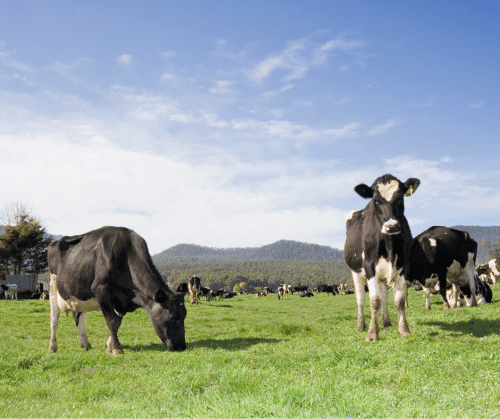 Upcoming changes to AHDB’s dairy genetic indexes reflect changing economic conditions as well feedback gathered from farmers. Amendments to dairy genetic evaluations will lead to a slight shift in the running order in the AHDB bull rankings published on 5 April.
Upcoming changes to AHDB’s dairy genetic indexes reflect changing economic conditions as well feedback gathered from farmers. Amendments to dairy genetic evaluations will lead to a slight shift in the running order in the AHDB bull rankings published on 5 April.
All three major selection indexes – profitable lifetime index (£PLI), spring calving index (£SCI) and autumn calving index (£ACI) – will see updates to reflect increases in input costs and the price of milk. Each index’s formula has been adjusted to reflect changing economic conditions, AHDB explains, as well as the needs of dairy processors and farmers.
Most notable financial changes are in feed, labour and replacement costs, as well as in the value of cull cows since the last update in 2018. The changes result from consultation across the industry, undertaken by AHDB, working with market specialists and through the Genetics Advisory Forum (GAF).
Stakeholders in the forum include farmers, breeding companies, vets, milk processors, the RSPCA, milk recording organisations and breed societies. These participants collectively review the genetic progress dairy breeds are making, the long-term market outlook for inputs and output, and they fine-tune the three economic indexes as the need arises.
The £PLI, £ACI and £SCI indexes were last updated in 2018 and before that, in 2014, according to the levy organisation. Each continues to be formulated to suit a manufacturing contract, reflecting both an industry shift in this direction and some value in producing components, even in liquid markets.
Feed advantage
To address the rising significance of feed cost, feed advantage (FAdv) will also be added to £PLI. A combination of maintenance index and a genomic prediction of feed efficiency, FAdv was developed from extensive trials over many decades measuring actual feed intake in relation to a cow’s size and milk production.
Currently only available for the Holstein breed, which took part in these trials, all other dairy breeds will continue to use the maintenance index which acts as a proxy and is based on a prediction of feed efficiency based on the size of the cow. Maintenance will also continue to be used in the across-breed indexes, £ACI and £SCI, for all breeds.
Digital dermatitis
Another change to all three indexes and all breeds is the inclusion of the genetic evaluation for digital dermatitis (DD), AHDB confirms. This follows work at the University of Liverpool which showed the AHDB genomic evaluation for DD was very effective in predicting the odds of a cow having DD. As a result, DD will now be included alongside lameness advantage (LAdv), which was introduced in 2018. By using both LAdv and DD indexes in harmony, AHDB says more rapid genetic benefits can be achieved to help tackle lameness, as they offer distinct and different benefits.
£SCI only
For the £SCI only, additional changes will be made with the April proof run, the organisation explains. This will see bulls whose daughters are heavier penalised more severely for spring block calving, grazing based systems. This move has been driven by feedback from farmers running grazing systems, many of whom place a higher value – over and above purely the additional maintenance feed cost – on the lack of soil damage and ease of management smaller cows can bring. Marco Winters, AHDB head of animal genetics, says cattle breeding is a long-term business and the economic model which sits behind the changes considers the outlook five to 10 years ahead.
“At the time of the 2022 update, we see more volatility in the market for inputs than on previous occasions,” he says. “However, we don’t know how sustained current prices will be, so we have to base our decisions on longer term projections, but will continue to carry out regular reviews and may have to make adjustment if circumstances dictate.”
Source: Farming UK




